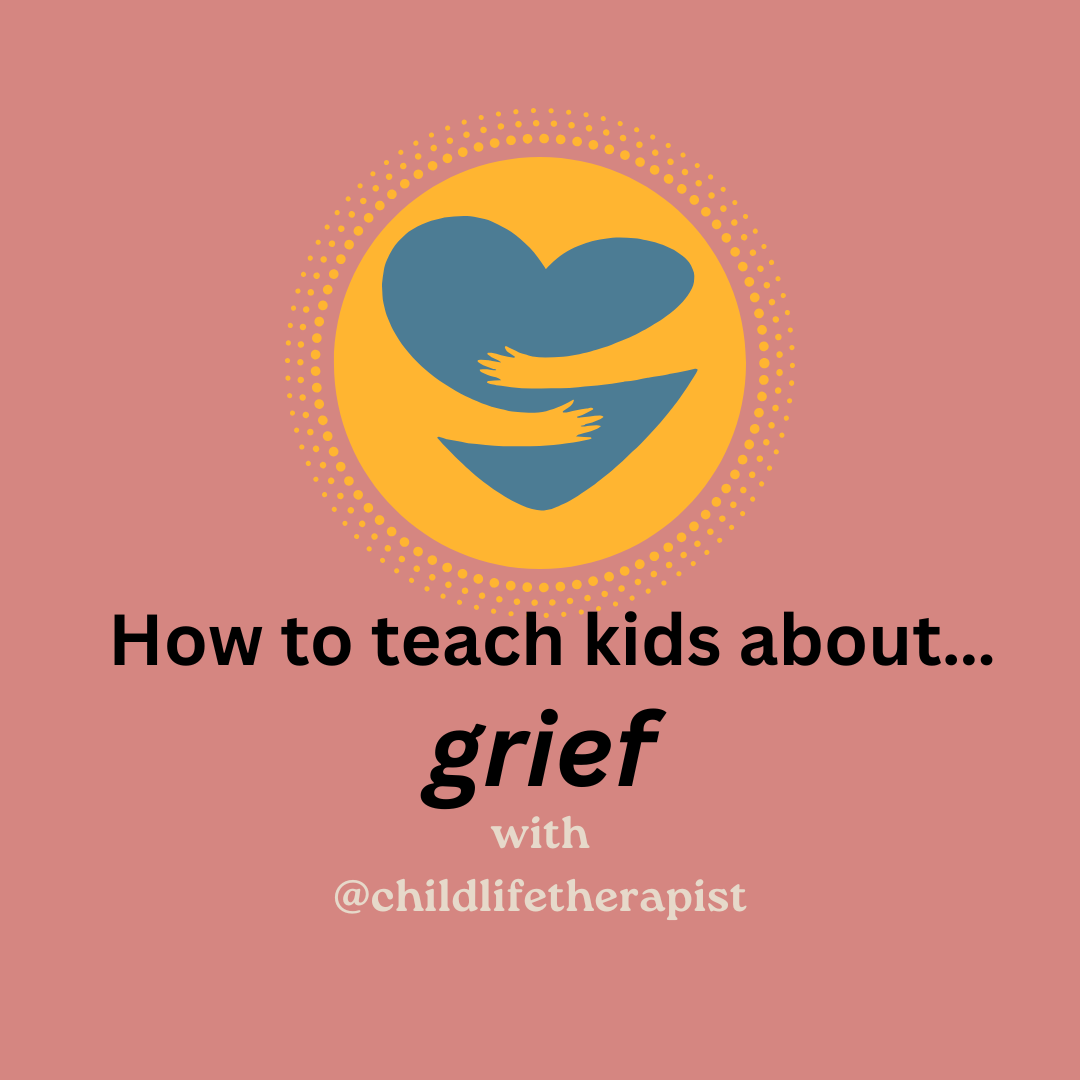Grief is one of the hardest—but most important—experiences to talk about with kids. Whether they’ve lost someone they love or are facing a major change, honest and supportive conversations can help them feel less alone and process their experience at their own pace.
Explain it: “Grief is the word we use to describe the mixed-up thoughts, feelings, and experiences that happen after a loss or big change. It can be a roller coaster—and it looks different for everyone.”
Grief is often mentioned after someone dies, but it can also follow big transitions like divorce, moving, illness, or injury. It’s a normal and natural response to things that matter.
Clarify it: Grief doesn’t have a timeline. It’s not something that needs to be “fixed” or rushed. People can grieve for a long time, and those feelings may change or return over time as they grow or revisit a memory or moment.
“You can feel sad and happy at the same time. Or feel okay for a while—and then not. All of that is normal.”
And even when people experience the same loss, they may grieve in totally different ways.
Prepare for it: If a child is grieving (or someone close to them is), it helps to prepare them for the emotions and changes that might come. That could include:
Different routines at home
Adults who are more emotional
Memorials or ceremonies
Questions they may be asked at school
Big, unexpected feelings showing up suddenly
Let them know it’s okay to ask questions and talk about what’s happening—again and again.
Support it: Kids process grief best when they have outlets to express what’s going on inside. That might include:
Drawing or storytelling
Talking with a trusted adult
Finding ways to remember someone who died
Practicing calming or grounding strategies
Spending time doing normal, fun things too
“There’s no wrong way to grieve. What matters is that you have support and space to feel what you need to feel.”
Want More Resources?
My Instagram page has many posts dedicated to death, dying, grief, and loss including other How to Teach Kids About posts on funerals, cremation, burial, and more.
You can also explore:
My Amazon Storefront for suggested books and resources as well as other partner resources including national children’s grief organizations.
The Difficult Conversations Bundle, which includes printable tools for talking about things like cancer, illness, and grief
The Ultimate Parenting Bundle, with both communication and coping tools for difficult conversations and moments
These resources were created to help you feel more prepared and your child more supported—every step of the way.







